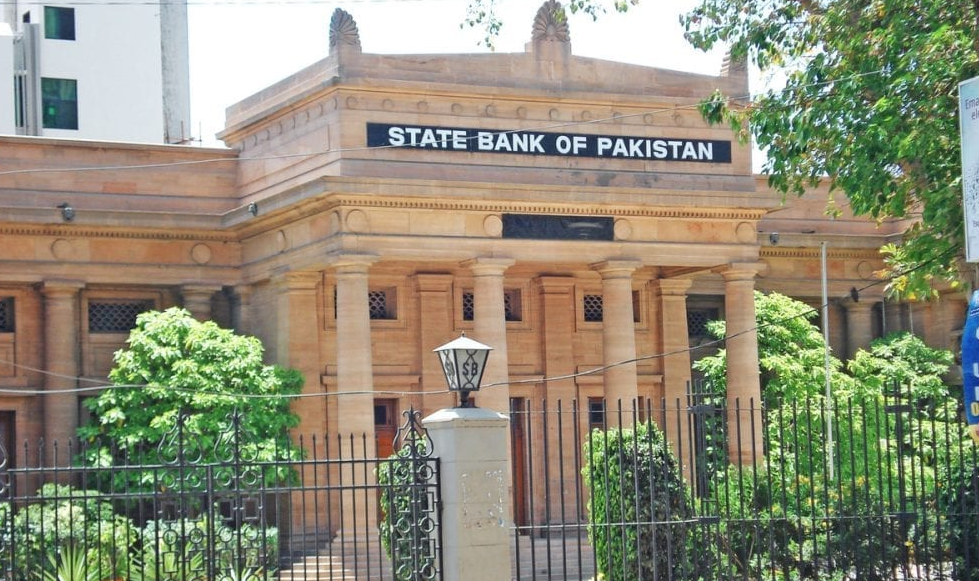The Armenia National Bank, also known as the Central Bank of Armenia, plays a crucial role in the country’s economic development. It is responsible for regulating monetary policy, issuing national currency, and maintaining the stability of the financial system. This article provides a comprehensive overview of the Armenia National Bank, including its history, functions, and operations.
The Armenia National Bank was established on March 27, 1993, as the central bank of the Republic of Armenia. Its main objective is to promote economic growth and stability in the country by implementing sound monetary policies, maintaining a stable financial system, and regulating the activities of financial institutions.
History of the Armenia National Bank
The history of the Armenia National Bank dates back to the early 20th century when the Armenian Central Bank was established in 1918. However, due to political instability and economic crises, the bank was unable to function effectively, and it was dissolved in 1921.
After gaining independence from the Soviet Union in 1991, Armenia started the process of establishing its own central bank. In March 1993, the Armenia National Bank was established, and it started functioning as the country’s central bank.
Objectives and Functions of the Armenia National Bank
The Armenia National Bank has several objectives and functions, which are listed below.
Maintaining Price Stability
One of the main objectives of the Armenia National Bank is to maintain price stability in the country. This is achieved by controlling inflation through monetary policy measures such as adjusting interest rates, managing the money supply, and regulating credit.
Ensuring Financial Stability
The Armenia National Bank is responsible for maintaining the stability of the financial system in the country. It achieves this by monitoring and supervising financial institutions, such as banks and insurance companies, and implementing measures to prevent financial crises.
Promoting Economic Growth
Another objective of the Armenia National Bank is to promote economic growth in the country. This is achieved by implementing monetary policies that stimulate investment and consumption, and by providing support to small and medium-sized enterprises.
Issuing National Currency
The Armenia National Bank is responsible for issuing the national currency of Armenia, which is the Armenian dram. It also manages the supply of currency in circulation to ensure that there is enough cash in the economy to meet the needs of businesses and consumers.
Managing Foreign Exchange Reserves
The Armenia National Bank manages the country’s foreign exchange reserves, which are used to support the stability of the national currency and to facilitate international trade and investment.
Regulating Payment Systems
The Armenia National Bank regulates payment systems in the country, such as electronic funds transfer and credit card systems, to ensure their safety and efficiency.
Supervising Financial Institutions
The Armenia National Bank is responsible for supervising and regulating financial institutions in the country, such as banks and insurance companies, to ensure their stability and soundness.
Organizational Structure of the Armenia National Bank
The Armenia National Bank has a well-defined organizational structure that ensures effective implementation of its policies and functions. The structure includes the following:
Board of Governors
The Board of Governors is the highest decision-making body of the Armenia National Bank. It is responsible for formulating and implementing monetary policies, as well as supervising the operations of the bank. The board consists of seven members appointed by the president of the country.
Executive Management
The executive management of the Armenia National Bank consists of the Governor and two Deputy Governors. They are responsible for implementing the policies formulated by the Board of Governors and managing the day-to-day operations of the bank.
Departments and Divisions
The Armenia National Bank has several departments and divisions, each responsible for a specific function. These include the Monetary Policy Department, Financial Stability Department, Financial System Supervision Department, Payment and Settlement Systems Department, and the Research Department.
Monetary Policy of the Armenia National Bank
The Armenia National Bank implements monetary policies to achieve its objectives of maintaining price stability and promoting economic growth. It uses various tools of monetary policy, including:
Tools of Monetary Policy
Interest Rates: The Armenia National Bank adjusts interest rates to control inflation and stimulate economic growth.
Reserve Requirements: The bank sets reserve requirements for commercial banks to control the money supply and ensure the stability of the financial system.
Open Market Operations: The bank buys and sells government securities in the open market to influence the money supply and interest rates.
Inflation Targeting
The Armenia National Bank uses inflation targeting as its monetary policy framework. It sets an inflation target and adjusts its policy tools to achieve that target. The current inflation target for Armenia is 4% ± 1.5%.
Supervision and Regulation of Financial Institutions
The Armenia National Bank is responsible for supervising and regulating financial institutions in the country. It ensures that they operate in a safe and sound manner and comply with relevant laws and regulations. The bank uses a risk-based approach to supervision and conducts regular examinations of financial institutions.
International Cooperation and Integration
The Armenia National Bank cooperates with other central banks and international organizations to promote economic growth and stability. It is a member of the International Monetary Fund, the World Bank, and the Eurasian Development Bank.
Conclusion
The Armenia National Bank plays a crucial role in the economic development of Armenia. It implements sound monetary policies to maintain price stability, promotes economic growth, and ensures the stability of the financial system. The bank also supervises and regulates financial institutions in the country and cooperates with international organizations to promote economic integration.
FAQs
- What is the Armenia National Bank?
The Armenia National Bank is the central bank of the Republic of Armenia. It is responsible for regulating monetary policy, issuing national currency, and maintaining the stability of the financial system.
- When was the Armenia National Bank established?
The Armenia National Bank was established on March 27, 1993.
- What are the objectives of the Armenia National Bank?
The objectives of the Armenia National Bank include maintaining price stability, ensuring financial stability, promoting economic growth, issuing national currency, managing foreign exchange reserves, regulating payment systems, and supervising financial institutions.
- What is inflation targeting?
Inflation targeting is a monetary policy framework where the central bank sets an inflation target and adjusts its policy tools to achieve that target.
- What is the current inflation target for Armenia?
The current inflation target for Armenia is 4% ± 1.5%.
References
- Official website of the Central Bank of Armenia: https://www.cba.am/en/sitepages/default.aspx
- “Central Bank of Armenia” on the Bank of International Settlements’ website: https://www.bis.org/country/am.htm
- “Armenia: Financial Sector Assessment Program” report by the International Monetary Fund: https://www.imf.org/external/pubs/ft/scr/2018/cr18133.pdf

